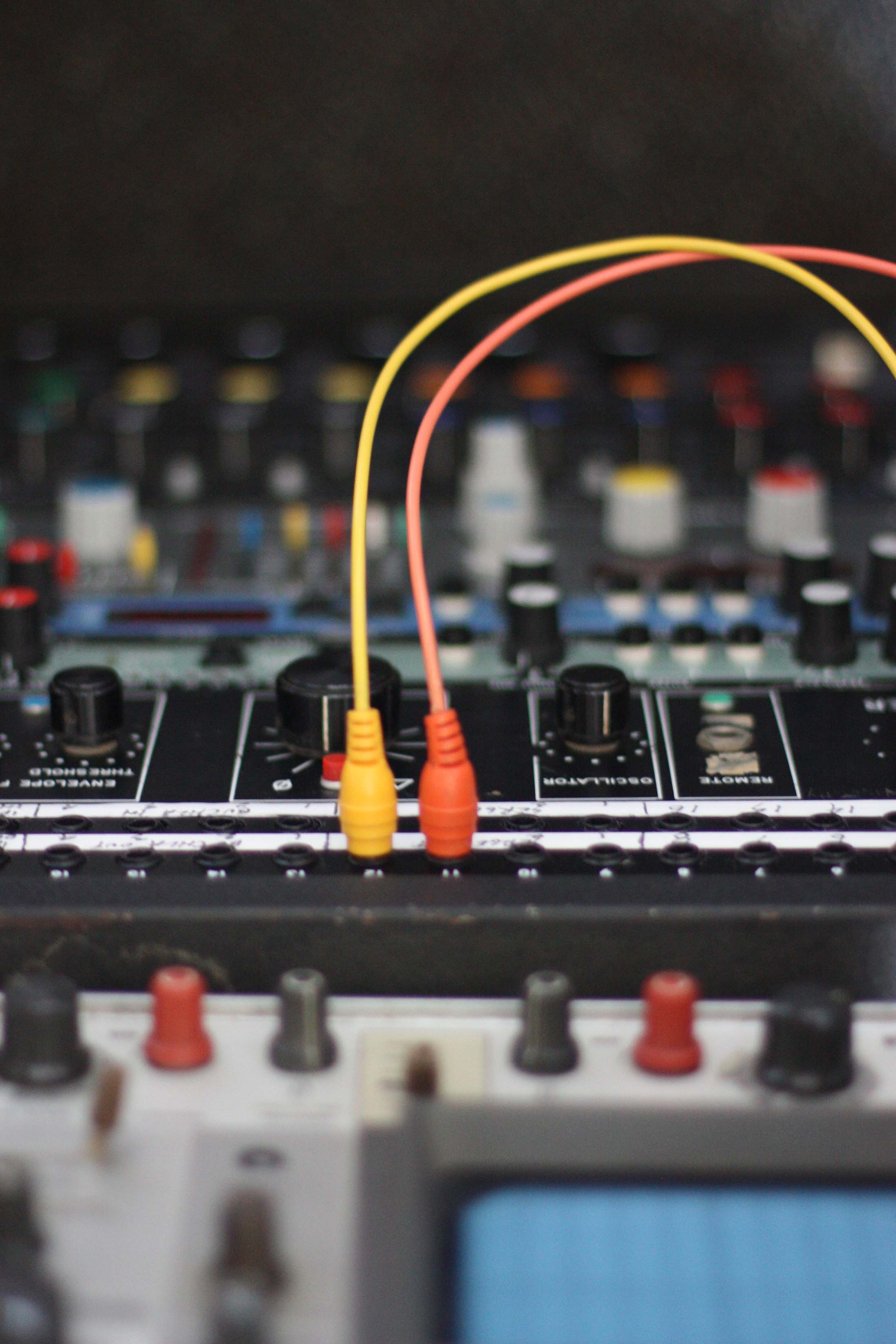On March 31st, 2014 came the third installment of the School of the Museum of Fine Art’s Intonarumori lecture series, running in parallel to Harvard’s Hearing Modernity series. This time around, we were joined by artist, performer, and composer Seth Cluett. His work, as described on his website, ranges from photography and drawing to video, sound installation, concert music, and critical writing. Seth’s critical engagement with sound has been one of a long and wide trajectory, and his presence as part of this series could not have been more appreciated.
Seth began his lecture with a quick overview of his own past. Growing up in extremely rural upstate New York, Cluett spoke about his interest in patterns, planning, and failure – all of which he believes to have stemmed from his rural upbringing. Seth spoke of the rural as being a space of required improvisation; for when the nearest store is a twenty minute drive away, you work with what you have on hand. As Cluett continued, he began to narrow in on the influence of sound in his formative years. He spoke about the experience of being in his backyard, and of hearing a sound in the woods that you just couldn’t see, and proceeded to present a recent experiment in which he walks slowly across a still forest landscape; remaining out of site, amplifying only the sound of his own steps along the forest floor. Cluett spoke about the influence of “frayed bits of nostalgia” within his work, one of which took the form of a variable wind generator – emulating the experience of hearing the wind rustle through the forest as the coming gust approaches.
Seth moved on to speak about his move to Boston as he grew up and out of rural New York state. He found himself in completely different space upon engaging the “harsh reality of the urban environment.“ Cluett spoke about the “temporal dissonance of pacing” between the rural and the urban, and about how these differing environments can have an effect on the pacing of the individual – as he found, and still finds himself enveloped within. Seth spoke about the experience of listening to his apartment building through submerging himself in his bathtub – about hearing the shape of a language versus the sound of a language. Of the apartment structure as being turned into a microphone, connecting himself to a community which he will most likely never actually meet.
After this overview of his past and influences, Seth Cluett moved forward to speak about some of his more recent works. The first – a work called homesickness. This piece, directly tied to Cluett’s childhood home, deals again with the experience of nostalgia, and of “misremembered traces of upbringing.” He spoke about this work as an attempt to create a less immersive, but more critical engagement with rain. Seth put particular emphasis on the interactions of the body in the space of this piece. Given that the audio is hovering three feet off the floor, “you have to move there to go with it, and stay in an uncomfortable position to retain it.”
Cluett continued to speak about another work, titled a spatial asyndeton. This work, site-specifically commissioned for the Saline Royale d’Arc et Senans in France, was primarily described as an attempt to see if Seth could sway his audience into moving in a circular motion throughout a space, without explicit instruction. To do this, Seth played off of the inherent narcissism of the individual, triggering them to move with the inclusion of a small mirror to one side of the piece. With the inclusion sine waves, subtly shifting through the space, Cluett triggers the individual to keep moving around the work – hearing a different tone with every step. Seth spoke about his interest in memory with this work, more specifically the memory loss that can come with walking – revisiting his experience of walking up the extremely long driveway of his youth.
Later, Seth continued with series of projects he had completed, dealing with the “experiencing the work as a primary environment.” In the first, titled neighborhood memory, the performers were asked to walk around a city block 33 times, recording the environment via cassette recorder at regular intervals. Upon finishing this action, the performer unspools their tape, and wraps it around their block – as located on a map. He spoke about how this project dealt with the sonic memory that can come from visual stimuli. About the sound as a memory that only the tape keeps. Next, Seth spoke about a piece titled 100 circles for the mind, as well as another work titled 100 circles to compare. In each of these pieces, the viewer or performer is engaged in a specific action – the drawing of circles. Seth was clear in stating that these works offered access to the making of an aesthetic object – the interaction of production. He compared the drawing of circles to that of handwriting, just without the semantic content getting in the way.
Throughout the lecture, Seth was quick to always make relations between his work and the lived experience. This is an experience of failure, one of going off the path – only maybe finding your way back. It is one of trying and testing. As Seth concluded his talk, he left us with one final thought,
“Art doesn’t have to be about virtuosity.”
by Simon Remiszewski




Leave a Reply